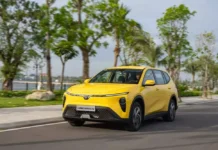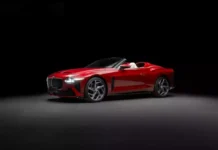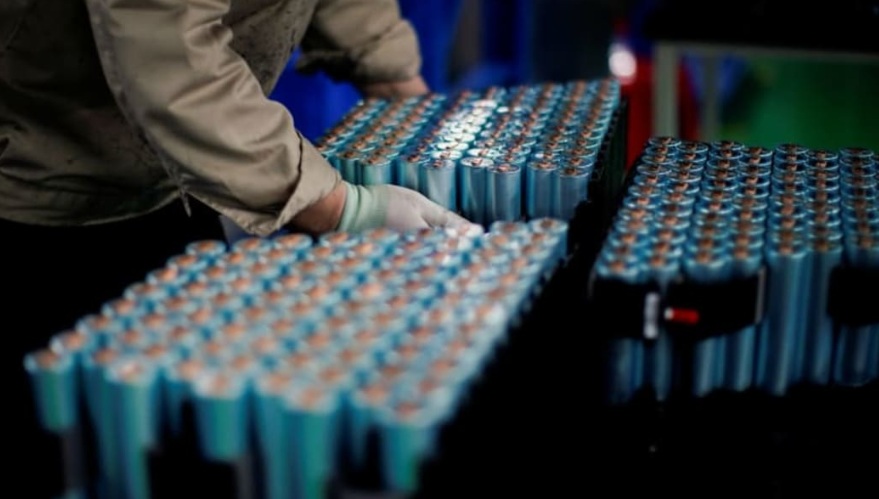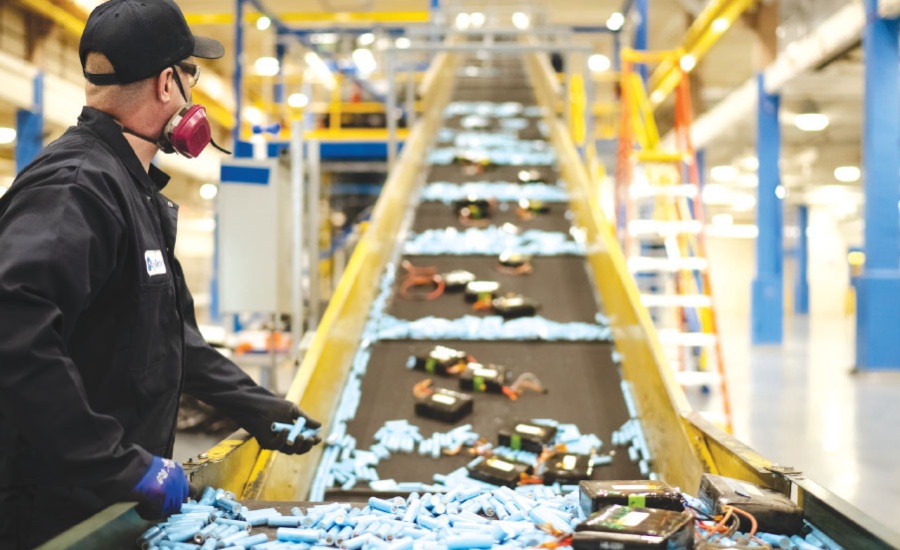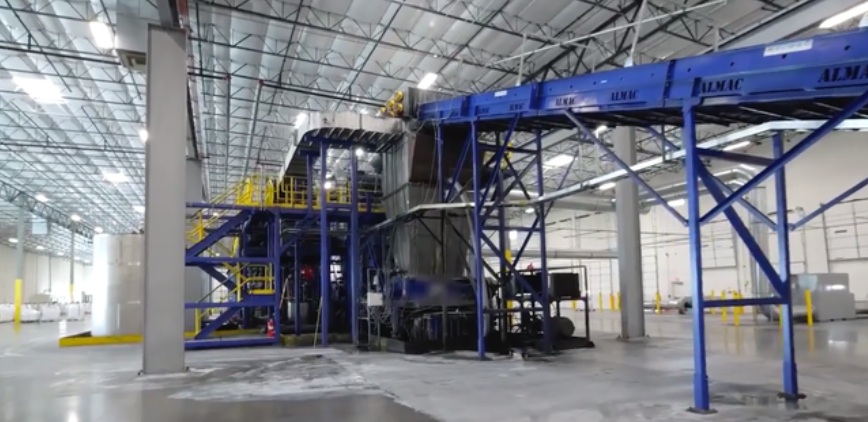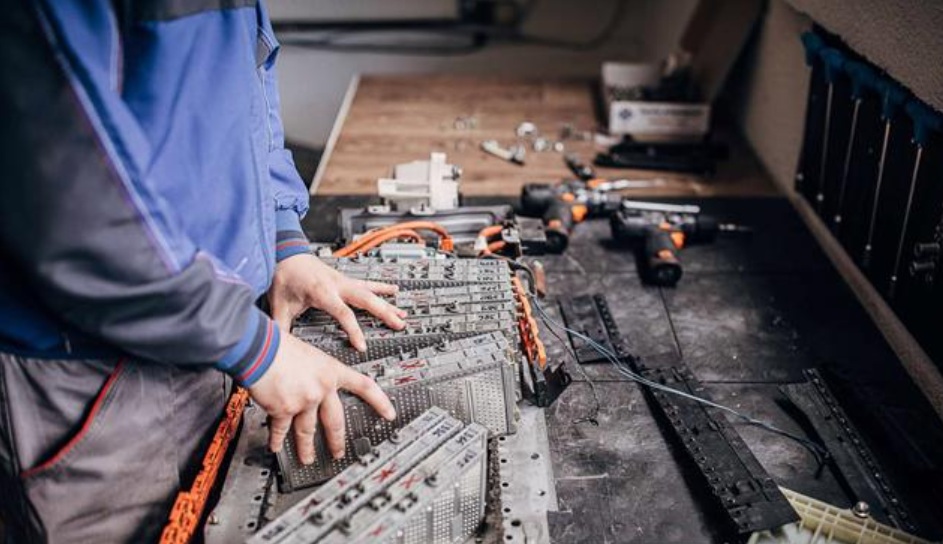Following the global electric vehicle market boom, with a peak in 2021, experts predict that there will be at least 145 million electric vehicles on the roads worldwide by 2030.
This explosive growth also presents a significant challenge: managing and disposing of used electric vehicle batteries.
Electric Vehicle Battery Lifespan: More Than Just a Number
The lifespan of electric vehicle batteries depends on various factors, including operating conditions, usage habits, and manufacturing technology. Major manufacturers like Tesla and BYD offer warranties ranging from 8 to 10 years or approximately 160,000 – 240,000 km. VinFast, a Vietnamese electric vehicle brand, guarantees its batteries for 7 to 10 years or 140,000 – 200,000 km, depending on the model.
However, according to EV Connect, a platform specializing in electric vehicles, battery life can extend up to 320,000 km, despite an average annual capacity loss of 2.3%. After 10-12 years of use, while the batteries may not be efficient enough for vehicles, they still retain 70-75% of their capacity and can be utilized in other fields.
Reusing: Giving Electric Vehicle Batteries a “Second Life”
Before being completely discarded, old electric vehicle batteries can be repurposed as energy storage solutions for low-power consumption systems. For instance, Repurpose Energy (USA) is using batteries removed from Nissan Leaf vehicles to create solar energy storage modules in container form. A 6-meter container can store up to 1.2 MWh of electricity, sufficient to power over 100 households for a year.
However, to ensure longevity and safety, the practical power output is often limited. According to Repurpose Energy, the number of batteries in each container depends on the battery condition and the original vehicle type. This reuse model not only saves costs and reduces the pressure to produce new batteries but also contributes to environmental protection.
Recycling: Transforming Waste into Resources
Unlike fossil fuels, lithium-ion batteries retain their value even after they cease functioning. Elements such as lithium, cobalt, and nickel are likened to the “white gold” of the new energy era, and they can all be recovered and reused.
In the USA, Ascend Elements has developed an exclusive Hydro-to-Cathode process, enabling industrial-scale battery recycling with a material recovery efficiency of up to 98%. Meanwhile, Duesenfeld, a German company, employs a cold recycling method that doesn’t require high temperatures, thereby reducing CO2 emissions.
In Canada, Li-Cycle processes over 5,000 tons of batteries annually, extracting more than 95% of the materials for reuse. The economic value of these minerals has increased significantly in recent years, underscoring the critical role of the recycling industry as a vital link in the global battery supply chain.
China: Initiating a Closed-Loop System
With the rapid growth of electric vehicles over the past decade, China is entering a period of “large-scale battery disposal.” By 2028, the country is expected to discard more than 4 million tons of electric vehicle batteries annually, with the recycling industry projected to reach a scale of $39 billion.
Major corporations like CATL and BYD have established closed-loop battery recycling systems. Simultaneously, smaller enterprises like Tianli Technology have also entered the market, despite acknowledging the lack of clear technical standards and regulations.
To accelerate this process, China established the China Renewable Resources Recycling Corporation, directly under the State Council. They implemented a nationwide new energy waste collection system and introduced a “white list” policy, authorizing 156 enterprises to recycle batteries to mitigate environmental risks from unqualified small-scale facilities.
Challenges and Opportunities of a Circular Economy
Adopting a circular economy model in the new energy sector not only conserves resources but also enhances self-sufficiency amid global geopolitical competition. China, heavily reliant on importing strategic minerals, anticipates that recycling will reduce this dependence and strengthen resource security.
However, experts caution that many old batteries and solar panels are ending up in the hands of illegal recycling workshops. This situation challenges legitimate recyclers, who struggle to collect enough waste to operate efficiently. The expectation is that this situation will improve as the legal framework matures and the wave of battery disposal peaks in the coming years.
The circular economy model for electric vehicle batteries is gradually shaping the future of clean energy, where every expired battery will not be considered waste but a regenerable resource.




